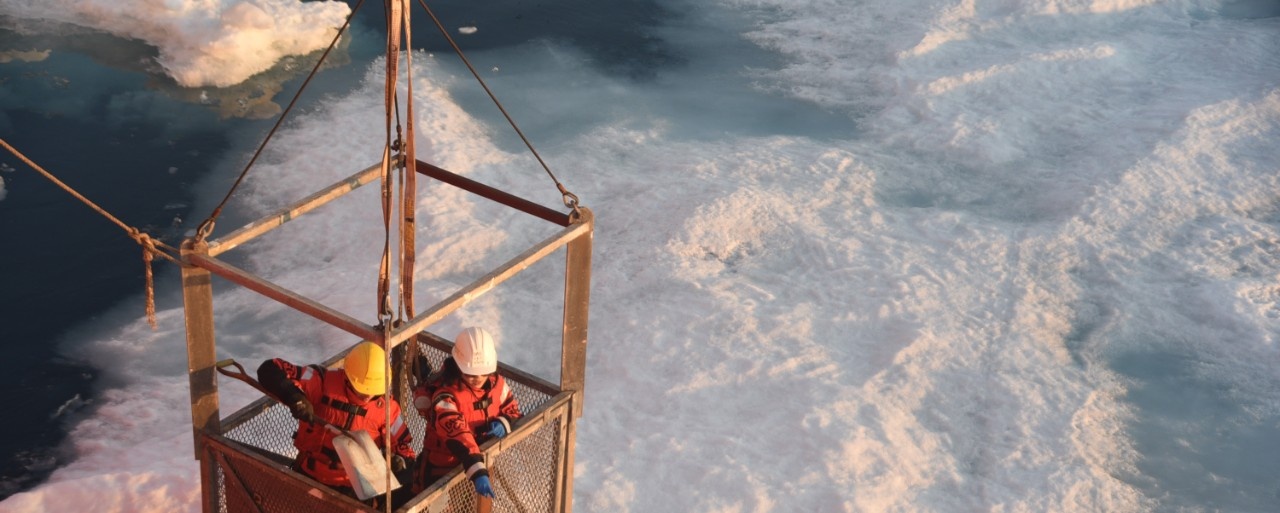Departmental History
A brief history of the Department of Earth and Environmental Sciences
Dalhousie was established in 1818 and a building for it was begun in 1820.Ěý Due to a number of problems, the university was closed in 1845, later reopening in 1863.Ěý Dalhousie has operated continuously since that time, and in 2018 celebrated 200 years of teaching, research and service.
In 1879, Dalhousie appointed Rev. Dr. David Honeyman (see: ) to serve as the first, but unpaid and part-time, "Professor of Geology, Paleontology and Mineralogy" as part of the Chemistry program within the newly-established Department of Science. ĚýGeology was then a one-person operation and as such it continued to be for another 75 years.Ěý When the School of Mines was established in 1902, its fourth year included classes in Geology, taught by Henry Poole and Edwin Gilpin, former and current Inspector of Mines, respectively. Both were unpaid for their services; it became apparent to the Board of Governors that it was simply not practical to run a faculty and a School of Mines in this way. At the Senate meeting of 25 September 1902, "The President reported that Dr. Woodman had been appointed to the Chair of Geology and Mineralogy". Thus began the modern department of Geology taught by permanent, paid staff.
Dr. G.V. Douglas, Department Head from 1932-57, was the first Carnegie Professor of Geology.Ěý This position was established in 1933 with a gift of $125,000 from the Carnegie Foundation, which was sufficient not only to pay the Professor’s salary, but to run the entire department for many years.Ěý The appointment of Dr. G.C. Milligan in 1957 began a period of gradual growth and curriculum development, followed by significant expansion during the period 1965-75 under the leadership of Dr. M.J. Keen, with a particular emphasis on the emerging field of Marine Geology.Ěý Until 1970, the department was housed mainly in the Dunn Building, but after 1971, it expanded into the newly opened Life Sciences Centre (LSC), with relocation to the LSC completed in 1980-81.Ěý In 1992 the department name was changed from Geology to Earth Science to reflect the increasing diversity of its teaching and research programmes.
The program in Environmental Science grew from a collection of courses on current environmental issues and environmental law offered by Dr. Owen Hertzman (Oceanography) and Mr. Peter Mushkat who was appointed on a limited term basis. The appointment of Dr. Tarah Wright in 2001, as the new Director of what became Environmental Programmes, initiated a period of gradual growth and curriculum development. ĚýIn 2003 Dr. Wright, with the encouragement of the Faculty of Science Department Chairs and the Dean, established a major degree program in Environmental Science.
The disciplines of Earth Science and Environmental Science have much in common scientifically, although they are distinct fields of scholarship.Ěý Because of a number of benefits that would come from a closer association of both units, it was the recommendation of the Environmental Science Program review that the Environmental Science Program and Department of Earth Science be asked to consider a merger.Ěý After extensive consultation, and following the development of a comprehensive governance document, in the Fall of 2018, members of both units voted in favour of a merger to form the new Department of Earth and Environmental Sciences.Ěý The new department formally came into being on 1 July 2019.
Ěý
Information on the department history was extracted from various unit review documents, and from the document entitled “On the Rocks” by Dr. Clint Milligan (see: ) which is a comprehensive history of the Department of Geology from 1818 to 1995.
